Delaware‘s Department of Insurance has issued new regulatory guidance governing how insurance companies can use drone-captured aerial imagery in property assessments, establishing stronger consumer protections for homeowners across the state. The regulations, outlined in Bulletin No. 150 released by Insurance Commissioner Trinidad Navarro, aim to prevent insurers from making arbitrary policy decisions based solely on drone footage while still allowing the industry to benefit from this efficient technology, according to a recent statement from the state’s insurance regulator.
How Drones Are Transforming Property Insurance
Unmanned Aircraft Systems have revolutionized property assessment procedures, particularly for evaluating roof conditions. Insurance companies have increasingly adopted drones as a cost-effective alternative to traditional on-site inspections, leveraging high-quality aerial imagery to streamline claims processing and underwriting decisions, as noted by Delaware’s Insurance Commissioner Trinidad Navarro.
Drone Technology allows insurers to gather detailed property data without dispatching inspection teams, reducing operational costs while potentially improving assessment accuracy. This shift toward drone-based evaluations has accelerated in recent years as the technology has become more sophisticated and accessible.
READ MORE: Drone Inspections: Homeowners Shocked by Surprise Insurance Cancellations
Key Consumer Protections Established
The new guidelines, outlined in Bulletin No. 150, establish several critical safeguards for Delaware property owners facing drone-based assessments:
- Insurance companies must now provide specific, detailed reasons for any policy cancellations or nonrenewals based on drone imagery. According to WGMD, vague justifications like “claims experience,” “underwriting judgment,” or “increase in hazard” no longer satisfy regulatory requirements as they don’t provide homeowners sufficient notice to address underlying issues.
- Homeowners are guaranteed at least 30 days’ notice before policy nonrenewal, giving them adequate time to address identified issues or secure alternative coverage.
- Property owners have gained the explicit right to access any drone imagery used in decisions affecting their policies, improving transparency in the assessment process.
- Perhaps most significantly, if a homeowner disputes findings based on drone footage, insurers are expected to conduct an in-person inspection to verify the concerns.
Distinguishing Between Cosmetic and Structural Issues
A central tenet of the new guidance addresses a common industry practice: canceling policies based on superficial property issues detected via drone imagery. The regulations explicitly state that cosmetic problems alone no longer constitute valid grounds for cancellation.
For policy termination to be justified, insurers must provide substantial evidence of significant damage or structural degradation that genuinely affects the property’s insurability. As Commissioner Navarro explained, the guidance ensures “underwriting decisions are made with appropriate evidence and not solely based on the cosmetic factors of a property”. This distinction between cosmetic and structural issues represents a major shift in how drone technology can be applied to underwriting decisions.
Implications for Delaware Homeowners
For property owners in Delaware, these regulatory changes offer multiple benefits. The new framework establishes greater transparency in insurance decisions while providing concrete mechanisms for challenging potentially inaccurate drone-based assessments.
The 30-day minimum notification requirement for nonrenewals gives homeowners a reasonable timeframe to address identified issues or secure alternative coverage, preventing sudden coverage gaps that could leave properties vulnerable.
Additionally, the requirement for specific explanations of policy decisions enables homeowners to better understand and potentially address concerns before they lead to coverage disruptions.
READ MORE: US Insurers Rely on Drone Photos to Deny Home Insurance Policies
Balancing Technology and Consumer Rights
While acknowledging the efficiency and cost advantages drones offer insurance operations, Delaware’s Department of Insurance has emphasized that technological advancement cannot come at the expense of consumer protections.
Commissioner Navarro stated, “We want to make the process easier especially when it comes to claims for consumers. We just want to make sure that the new technology is used in a way that’s not unfairly discriminatory.”
The regulations create a balanced approach that allows insurers to leverage drone technology while maintaining robust safeguards for policyholders. This follows a similar approach to the department’s recent AI guidance issued in early 2025, which also focused on balancing innovation with consumer protection.
Potential Industry Impact
These regulations could potentially influence how insurance companies deploy drone technology across their operations. Insurers operating in Delaware may need to modify their assessment protocols and decision-making processes to comply with the new requirements.
The emphasis on in-person verification following disputed drone assessments may increase operational costs for some insurers, potentially affecting how extensively they rely on drone technology for initial property evaluations.
As Commissioner Navarro noted, “What has been happening is a lot of the industry, and the individuals using this technology are perhaps not following up” when drone images suggest possible damage.
The Delaware approach could also serve as a model for other states considering similar regulations as drone usage becomes more prevalent in insurance operations nationwide. It follows Delaware’s forward-thinking approach to insurance technology regulation, which earlier this year included new guidance on insurers’ use of Artificial Intelligence.
DroneXL’s Take
Delaware’s new regulations represent a thoughtful approach to balancing technological innovation with consumer protection. As drones become increasingly central to insurance operations, establishing clear boundaries for their use in policy decisions helps prevent potential abuses while still allowing the industry to benefit from these efficient assessment tools.
The requirement for human verification following disputed drone assessments acknowledges the limitations of remote sensing technology and reinforces the continued importance of expert human judgment in property evaluation. This hybrid approach—combining technological efficiency with human oversight—likely represents the future of property insurance as the industry continues its digital transformation.
Discover more from DroneXL.co
Subscribe to get the latest posts sent to your email.
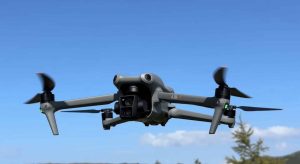
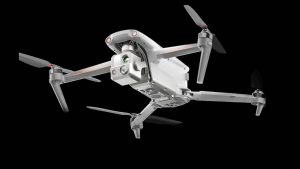


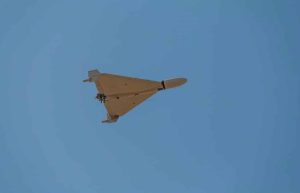
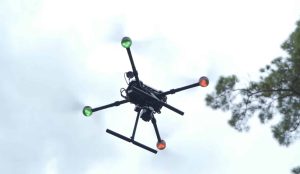
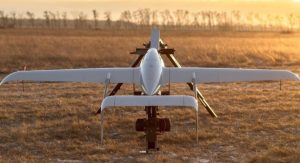

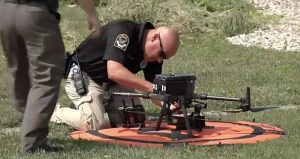
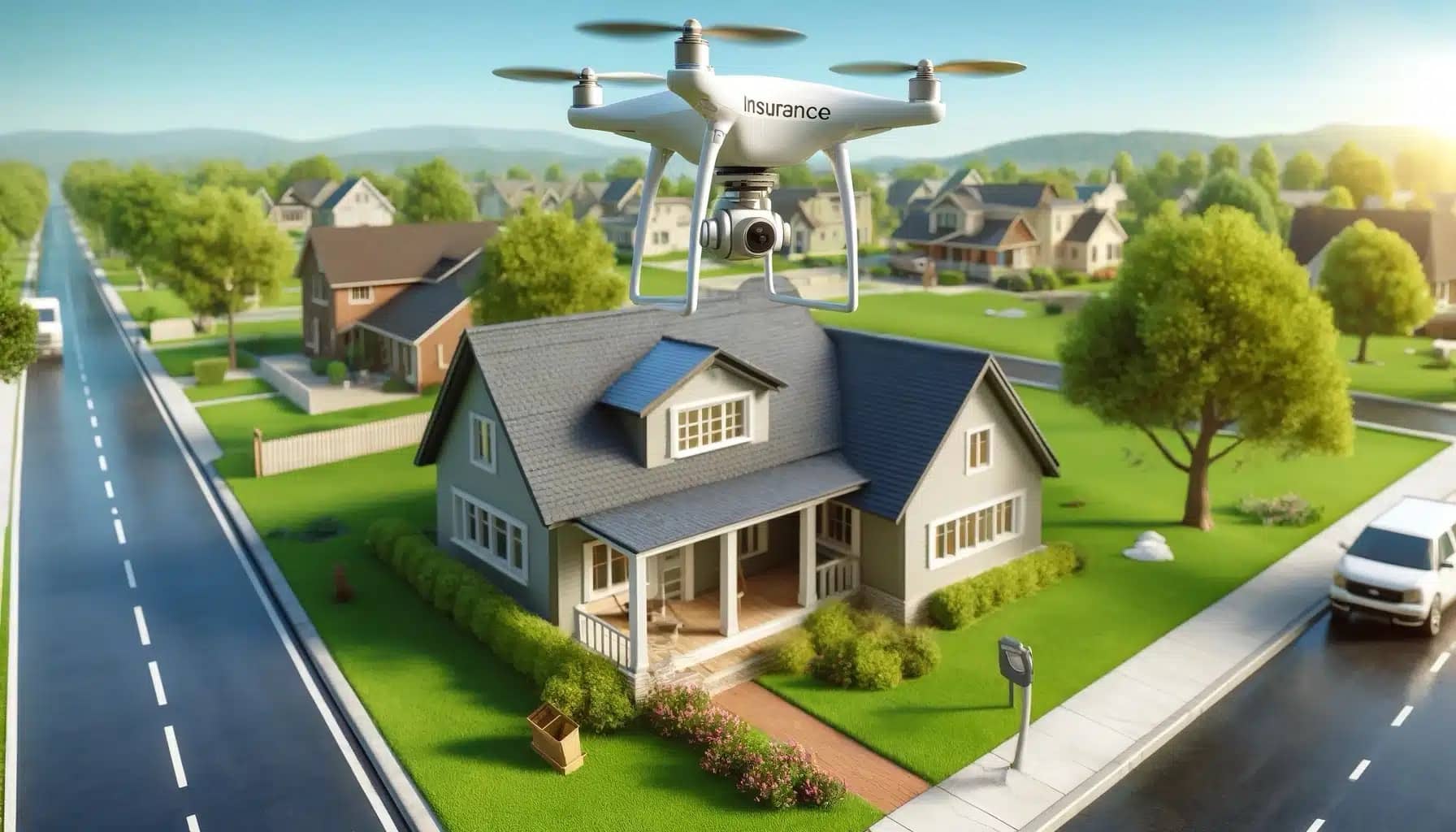
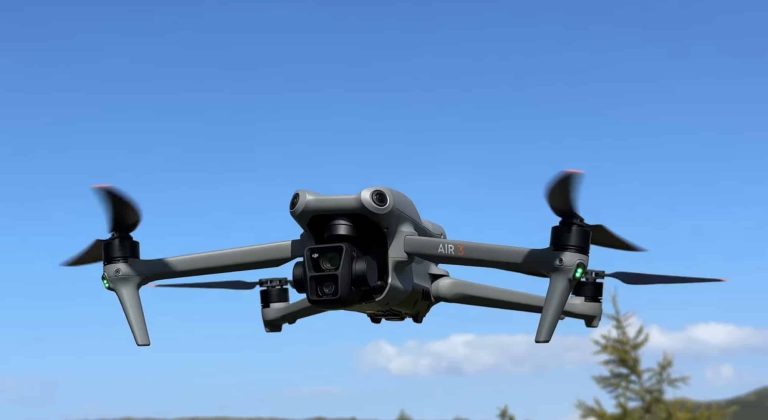
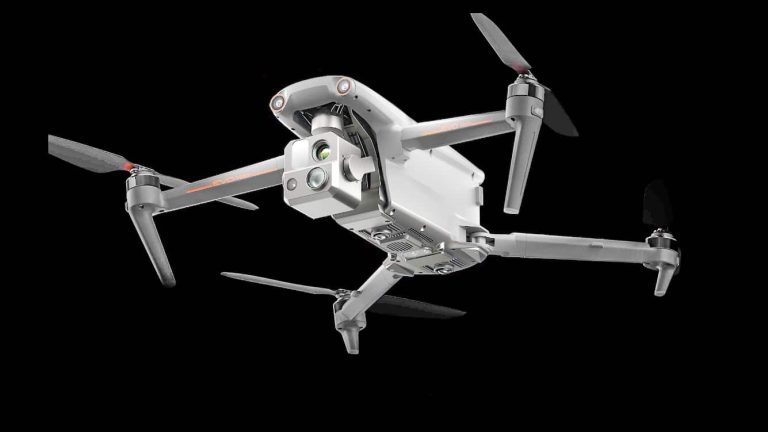
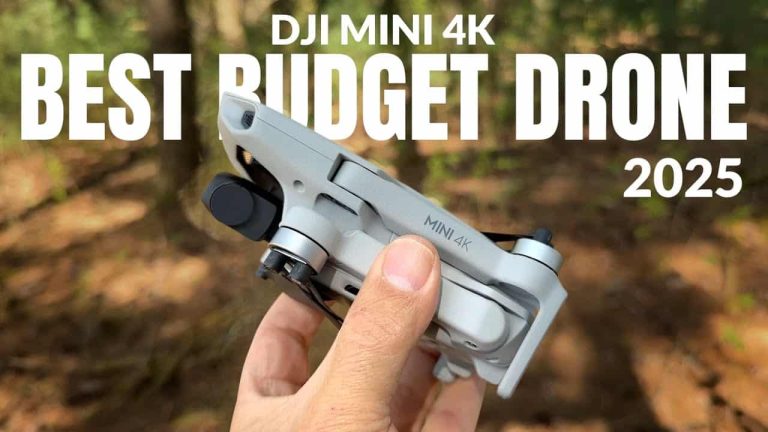

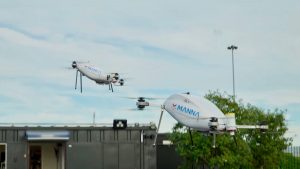
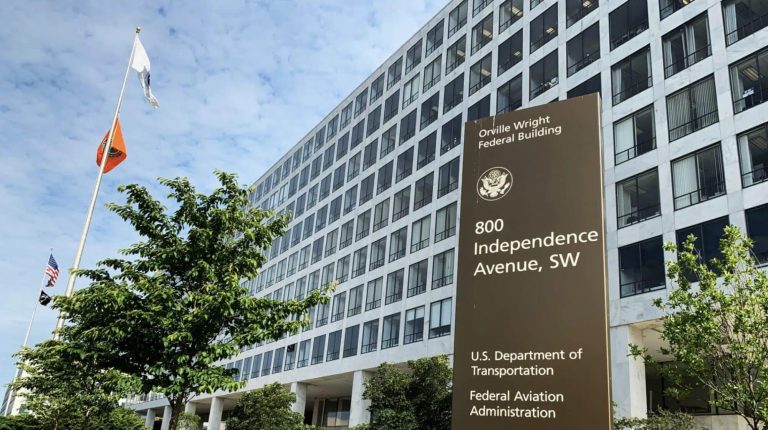
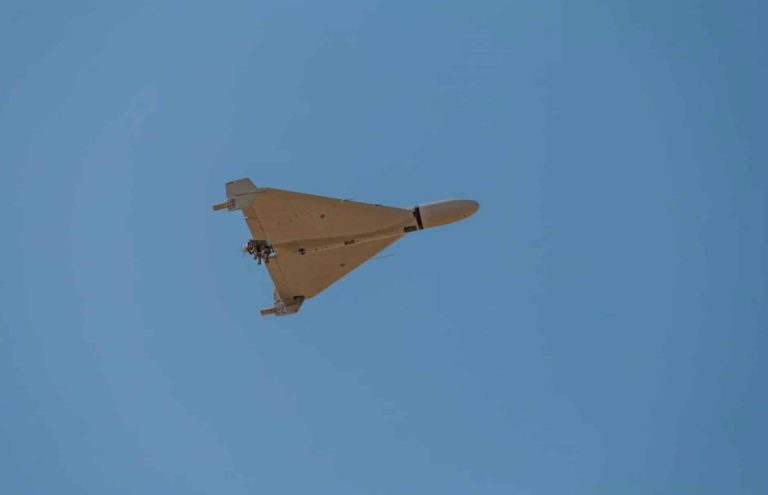
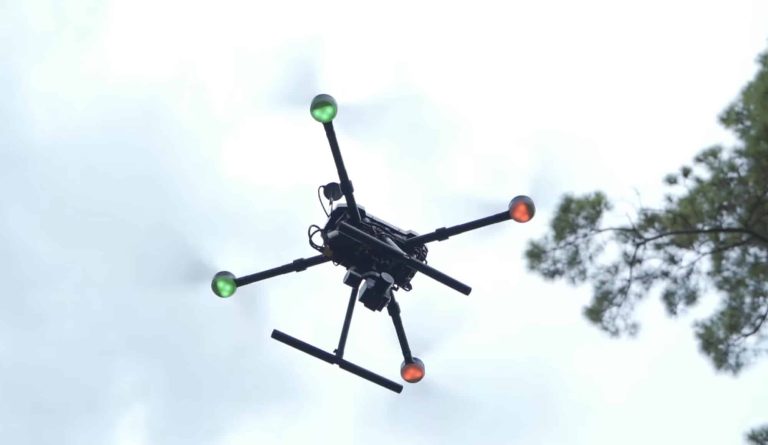
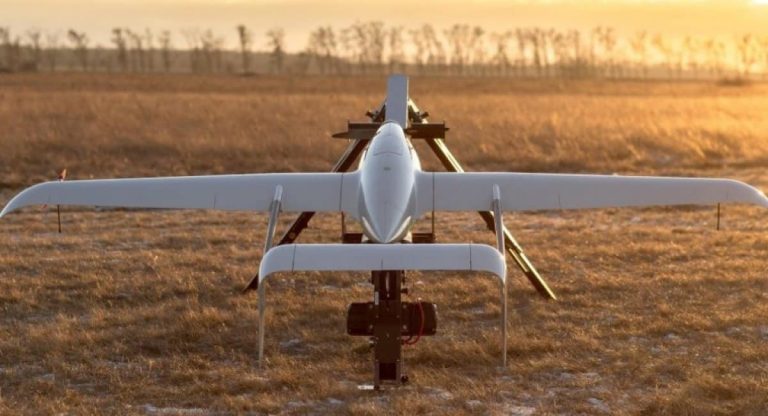

+ There are no comments
Add yours